AI Prowess: Harnessing Docker for Streamlined Deployment and Scalability of Machine Learning Applications
DZone
AUGUST 9, 2023
Machine learning (ML) has seen explosive growth in recent years, leading to increased demand for robust, scalable, and efficient deployment methods. This virtualization approach allows software and its entire runtime environment to be packaged into a standardized unit for software development. What Is Docker?

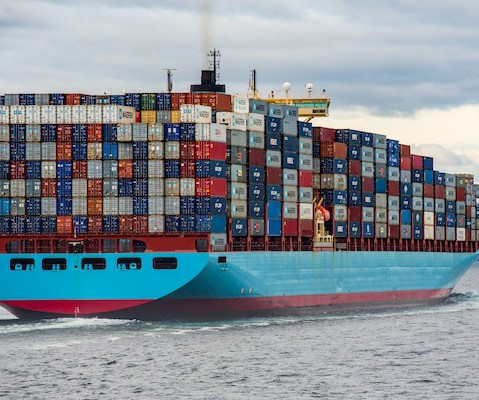

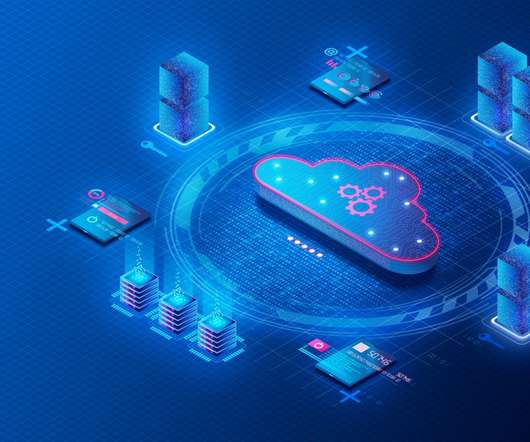






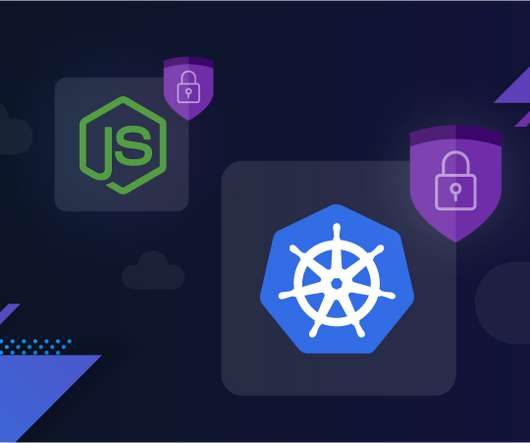



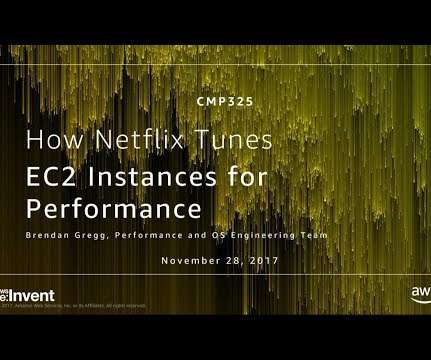







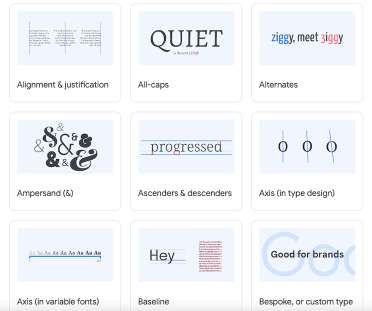








Let's personalize your content